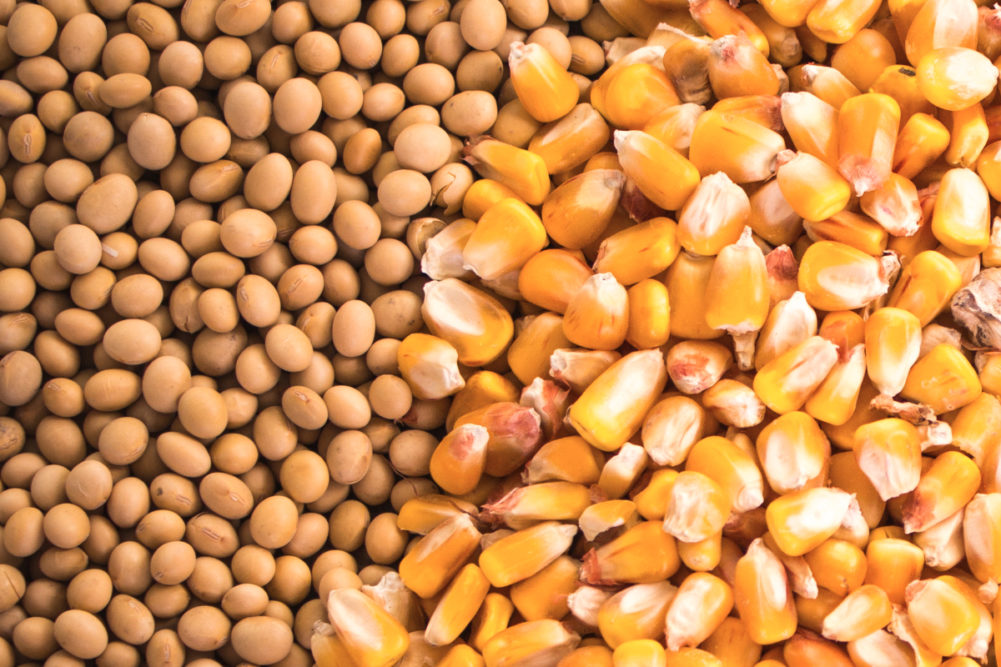WASHINGTON, DC, US — The US Department of Agriculture on Feb. 9 lowered its 2021 carryover forecasts for corn and soybeans on increased export demand especially from China.
The USDA lowered its forecast for the US carryover of corn on Sept. 1, 2021, to 1.502 billion bushels, down 50 million bushels from the January projection and down 417 million bushels, or 22%, from 1.919 billion bushels in 2020. The revised forecast was well above the average of pre-report trade estimates at 1.392 billion bushels.
If the forecast is realized, the 2021 corn carryover would be the smallest since 1.232 billion bushels in 2014.
The USDA tied the lower carryover forecast directly to a 50-million-bushel increase in the USDA’s projection for 2020-21 corn exports to a record 2.6 billion bushels, which was up 822 million bushels, or 46%, from 1.778 billion bushels in 2019-20.
All other 2020-21 corn use forecasts were unchanged from January with feed and residual use at 5.65 billion bushels versus 5.903 billion in 2019-20, and food, seed and industrial use at 6.375 billion bushels compared with 6.282 billion bushels in 2019-20 The food, seed and industrial use forecast included 4.95 billion bushels for use in ethanol versus 4.852 billion bushels in 2019-20 and 5.378 billion bushels in 2018-19.
The USDA projected the carryover of soybeans in the United States on Sept. 1, 2021, at 120 million bushels, down 20 million from the January forecast and down 405 million bushels, or 77%, from 525 million bushels in 2020. The 2021 soybean carryover was forecast to be the smallest since 92 million bushels in 2014 and compared with 474 million bushels as the recent five-year average carryover.
The USDA raised its forecast for 2020-21 US soybean exports to a record 2.25 billion bushels, up 20 million bushels from the January outlook and up 568 million bushels, or 34%, from 1.682 billion bushels in 2020-21.
“Soybean exports are projected at 2.25 billion bushels, up 20 million from last month reflecting record marketing-year exports through January and a slow start to Brazil’s export season resulting from harvest delays,” the USDA said.




